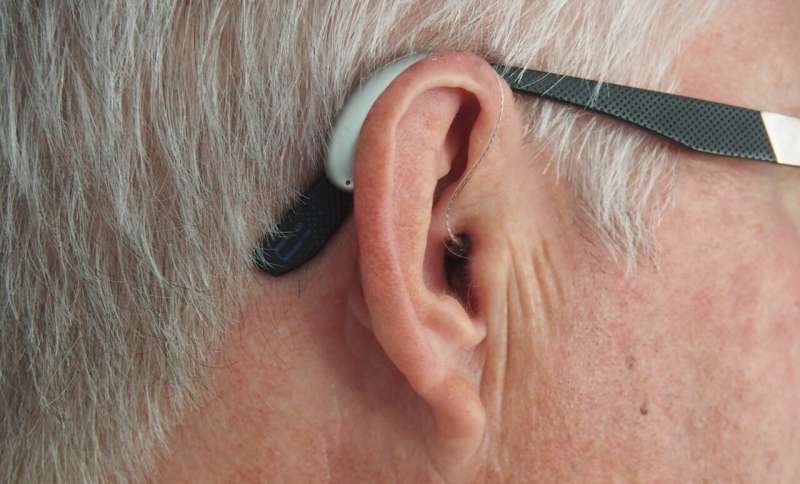
A new model by University of Manchester researchers has proposed a way to prevent hearing loss in older people by addressing socioeconomic inequalities encountered while young.
Published in Trends in Hearing, the model could impact on the estimated 466 million people worldwide who have disabling hearing loss, mostly affecting the elderly.
The study is the first to examine the mechanisms and explain the relationship between socioeconomic inequalities and hearing health over a lifetime.
Research has previously shown that people with hearing loss are more likely to have poorer educational achievement, higher rates of unemployment and lower annual family income than those with other health conditions.
They are also more likely to have long-term health conditions and a higher overall disease burden than older people without hearing loss.
Dr. Dalia Tsimpida, who led the study, said: “Hearing deterioration is a lifelong process but not an inevitable result of aging. Understanding this process is an essential step in addressing the global burden of hearing loss.”
Dr. Tsimpida, a postdoctoral researcher at the University’s Institute for Health Policy and Organization (IHPO), added: “The key determinants of poor hearing health in the course of a life and their interdependency as described by this model is a powerful way to intervene in this major problem.
https://youtube.com/watch?v=pi5OhrDbvlc%3Fcolor%3Dwhite
“Our focus is not simply on the age of older adults but on factors which impact on people earlier in life, which if modified could reduce hearing loss in older age.”
“This approach in hearing health can lead to the development of appropriate interventions and public health strategies that can have significant health policy and practice implications.”
Dr. Tsimpida’s study is co-authored by Professor Evangelos Kontopantelis, Professor Darren Ashcroft, and Dr. Maria Panagioti.
Dr. Maria Panagioti said: “This model provides now a visual representation of the several modifiable factors of hearing loss in distinct life stages and their evolution over time, which is new thinking in hearing loss research.
Source: Read Full Article
